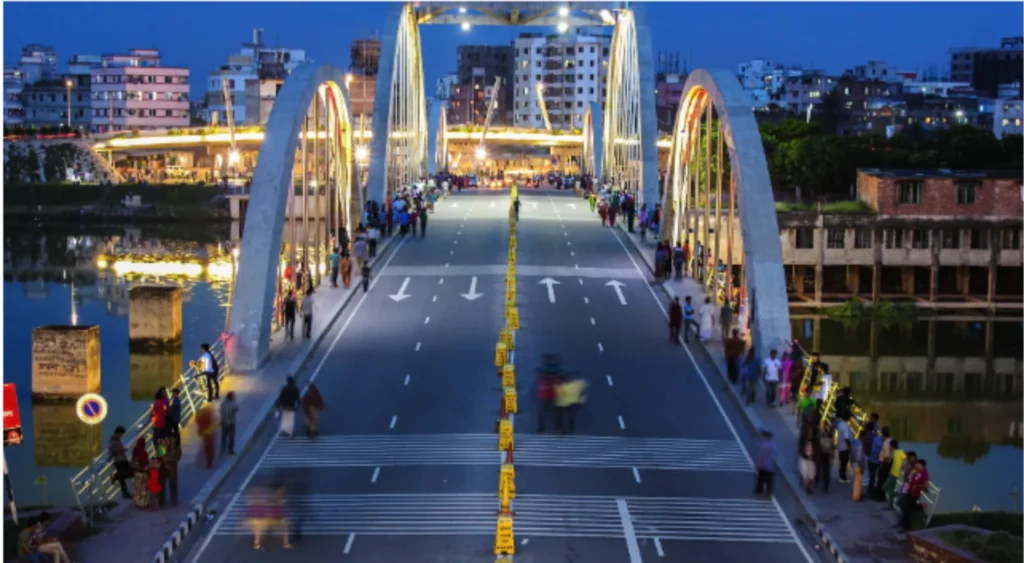By Michelle McQuigge – The Canadian Press.
TORONTO – A pilot project that will see a slight bump in speed limits on some of Ontario’s highways will go into effect later this week, the province’s transportation minister said Tuesday.
Caroline Mulroney said the new rules, meant to bring Ontario in line with some other provinces, will take effect on three stretches of highway beginning on Thursday.
The change, which will see speed limits increase from 100 to 110 kilometres per hour in the designated pilot project areas, was announced in May along with government plans to hold public consultations into highway speeds.
“A limit of 110 kilometres per hour is higher than Ontario’s speed limit for the past generation,” Mulroney said while announcing the launch of the pilot project. “But it is aligned with other provinces across Canada.”
Six other provinces currently have posted speed limits of at least 110 kilometres per hour on some of their highways: Alberta introduced a 110 kilometre per hour speed limit on some highways in 1993, Nova Scotia made a similar move in 1997 and New Brunswick followed suit in 2001.
Certain divided multi-lane highways in British Columbia have speed limits of 120 kilometres per hour, the highest permitted speeds in the country.
Mulroney said the higher limit also marks a return to a pace last used on Ontario roads in 1975, before higher oil prices and less fuel-efficient cars prompted a decrease in highway speeds.
The area covered by the pilot encompasses more than 200 kilometres of highway in busy travel corridors, Mulroney said.
They include a 90-kilometre stretch of Highway 402 between London and Sarnia, 32 kilometres of the Queen Elizabeth Way between St. Catharines and Hamilton, and the 102 kilometres of Highway 417 between Ottawa and the Quebec border.
Mulroney said those specific routes were well-suited to the pilot project.
“There’s not much work that’s required on these particular stretches of highway in terms of infrastructure,” she said.
“There’s enough room between the interchanges … and we also worked closely with our law enforcement partners to select them.”
Mulroney said safety will remain a top concern throughout the pilot, noting enhanced signs and extra cautions will be posted in the designated zones.
The Ontario Provincial Police were consulted before the new rules took effect, according to a spokesman with the force’s highway safety division.
Sgt. Kerry Schmidt did not weigh in on the higher limits, but said excessive speeds and aggressive driving are the leading causes of death on provincial highways. Schmidt said 44 people have already died in 2019 in speed-related incidents.
“We’re going to continue to do our job and work with the ministry … to ensure drivers understand their responsibilities,”
Schmidt said. “If you are travelling at higher speeds … you need to have more focus, more attention.”
Mulroney said the pilot project also includes a public consultation on highway travel in the province. An online survey launched Tuesday will be available for residents to complete until Nov. 23.
Ontario Green party Leader Mike Schreiner, who accused Premier Doug Ford of chasing headlines when the project was announced in May, reiterated Tuesday that he supports an “evidence-based review.”
“Raising speed limits on highways is not a silver bullet for relieving congestion and gridlock,” Schreiner said in a statement, adding that what’s needed is greater investment in regional transit.
Asurza Engineers Ltd. – www.asurza.ca – Ontario, Canada.





